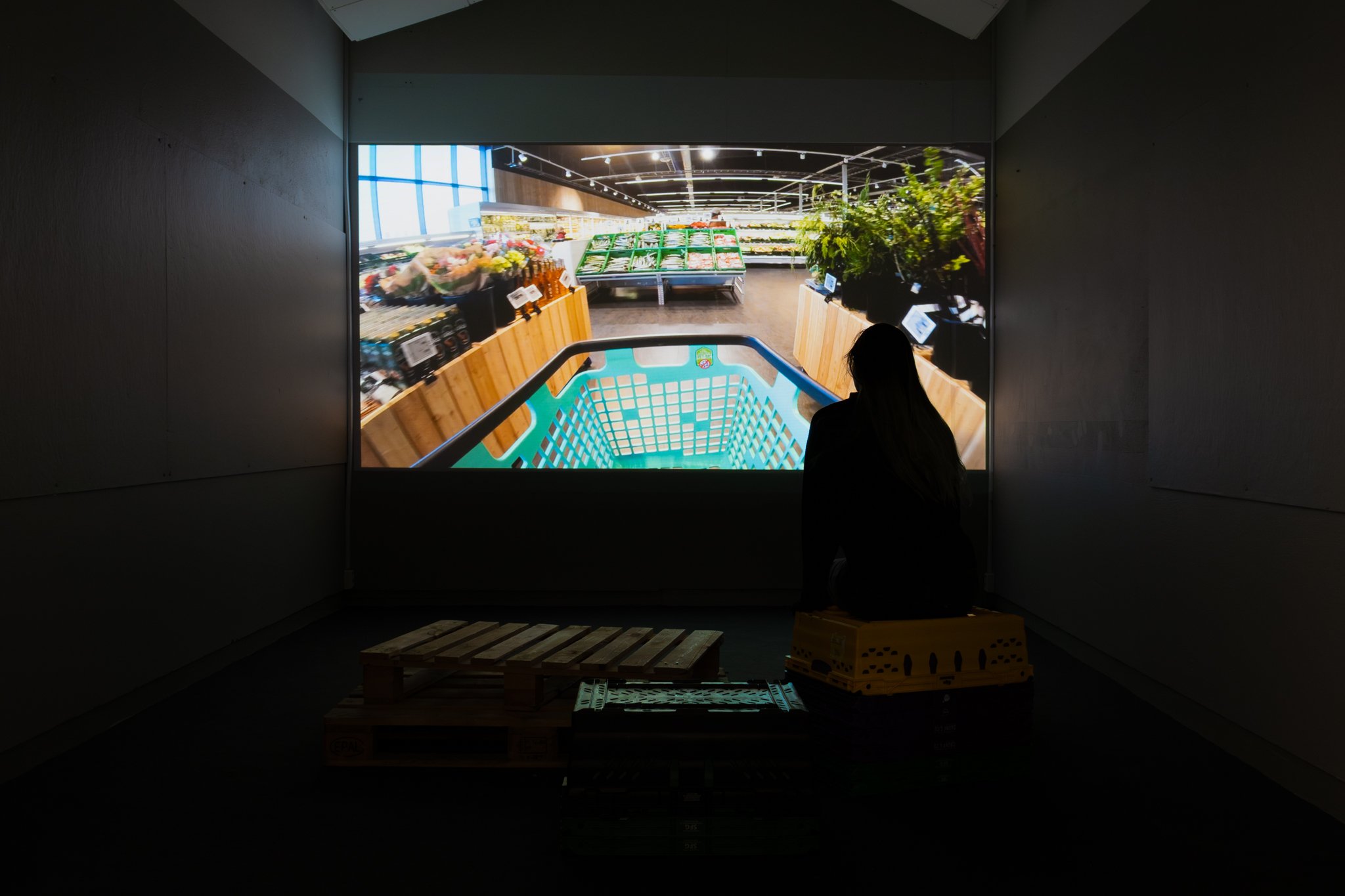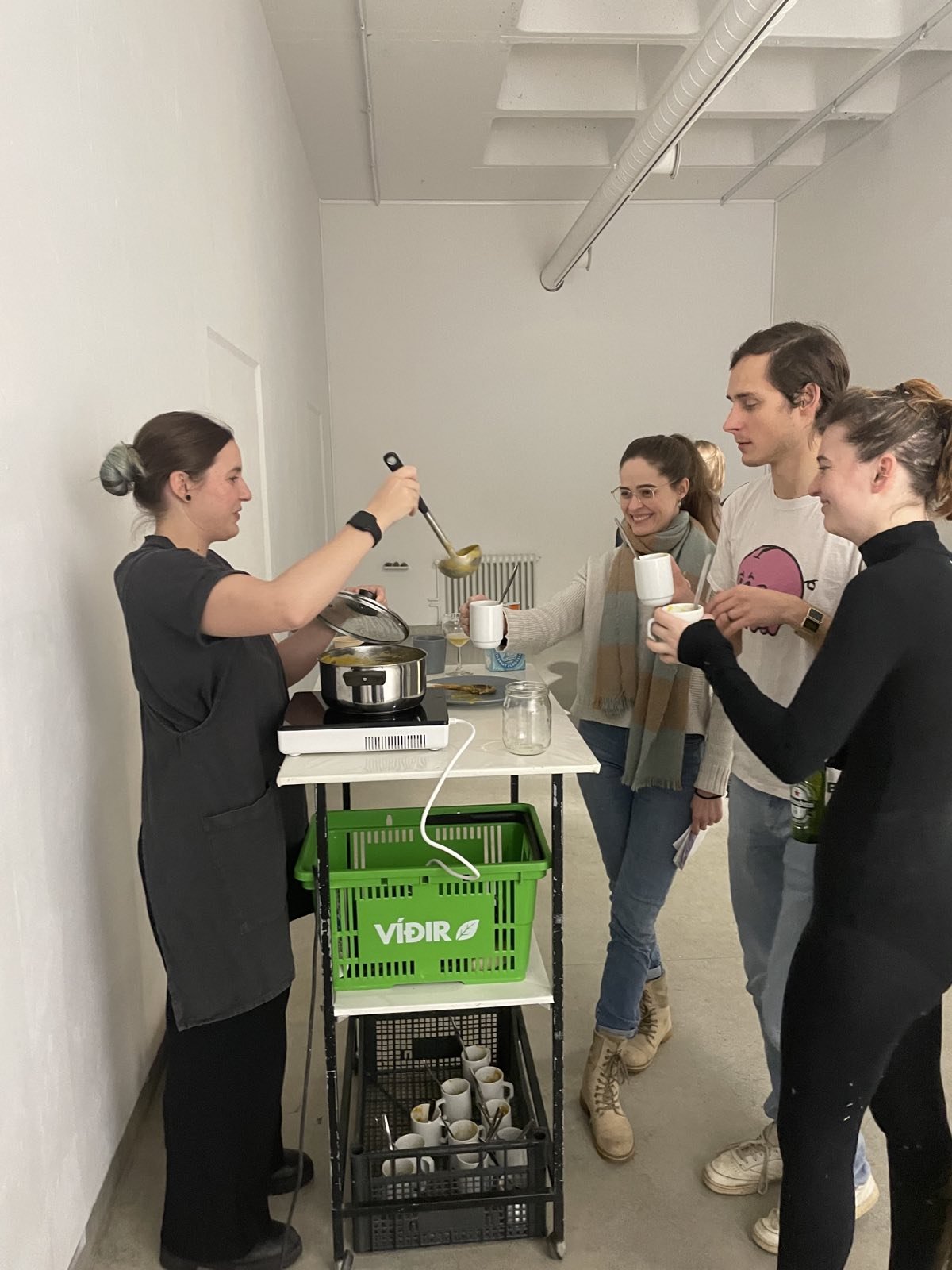What is in season this time of year in an island where hardly anything grows? Should I get the locally grown onions in plastic packaging or the unpackaged imported ones? Can I guesstimate which vegetables were imported by air and which by boat and try to figure out which one has less of a carbon footprint? Why are we selling individually plastic packaged zucchini? Why are we packaging most things at all?
Sad Soup is a futile attempt to buy ingredients for a relatively environmentally friendly soup. Walk into an internal monologue as I go grocery shopping, wondering what I can find at the supermarket to make a hearty autumnal soup without triggering my climate anxiety. As I balance out options, it becomes clear that for the consumer—especially one living in an island nation in the North Atlantic—the only option is failure. Suppliers present us with little to no information, and hardly any “good” choices, yet the responsibility of making the nonexistent or expensive ethical choice is placed on the consumer, together with the guilt that comes from making the inevitable “wrong” choice.
The result is a familiar and relatable experience for a ecologically anxious generation, with countless similar experiences being shared over mugs of hot butternut soup at the exhibition opening and leaving us questioning why consumers are made responsible of decisions that are out of our power, instead of accountability being demanded from those who are presenting us with bad options in the first place.
video, sound, soup, supermarket receipt, lightbox.







